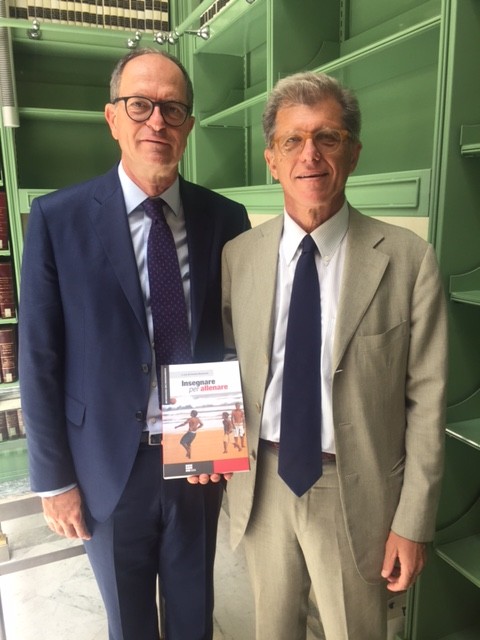A teacher can play a fundamental role in teaching their students how to learn from experiences and mistakes. Here are some strategies that a teacher can adopt:
- Build a nurturing environment – Students need to feel safe in making mistakes and exploring new ideas. A teacher should promote an environment where students do not fear judgment or punishment for their errors.
- Encourage reflection – Invite students to reflect on their experiences and mistakes. Questions like “What have you learned from this experience?” and “What could you have done differently?” can help them develop awareness of their errors and ways to improve.
- Promote a growth mindset – Teach them that error is not an obstacle but a normal part of the learning process. A growth mindset teaches that improvement happens through hard work and dedication and that failures are opportunities to grow.
- Provide constructive feedback – Offer feedback that is specific, objective, and geared towards improvement. Help students understand what aspects they need to improve and how to do so.
- Encourage experimentation – Encourage students to experiment, explore new ideas, and take calculated risks. This promotes creativity and learning through experience.
- Incorporate stories of success and failure – Share stories of successful individuals who have faced challenges and failures. This can inspire students to persevere and learn from their experiences.
- Teach problem-solving strategies – Provide tools and strategies for your students to address problems and overcome obstacles. This may include learning methods for analyzing problems, planning solutions, and evaluating outcomes.
- Promote personal responsibility – Teach them that they are responsible for their own learning and personal development. Personal responsibility will motivate them to learn from their mistakes and seek ways to improve.
- Cultivate patience and perseverance – Help students develop patience and perseverance, encouraging them not to give up in the face of obstacles or mistakes but to persevere in their efforts.
- Support self-esteem development – Assist students in developing their self-esteem and well-being, so they feel confident enough to experiment, fail, and learn without fearing the judgment of others.
Teaching students to learn from experiences and mistakes is an ongoing process that requires patience and consistent encouragement from the teacher. However, these skills are valuable for personal growth and long-term learning.







